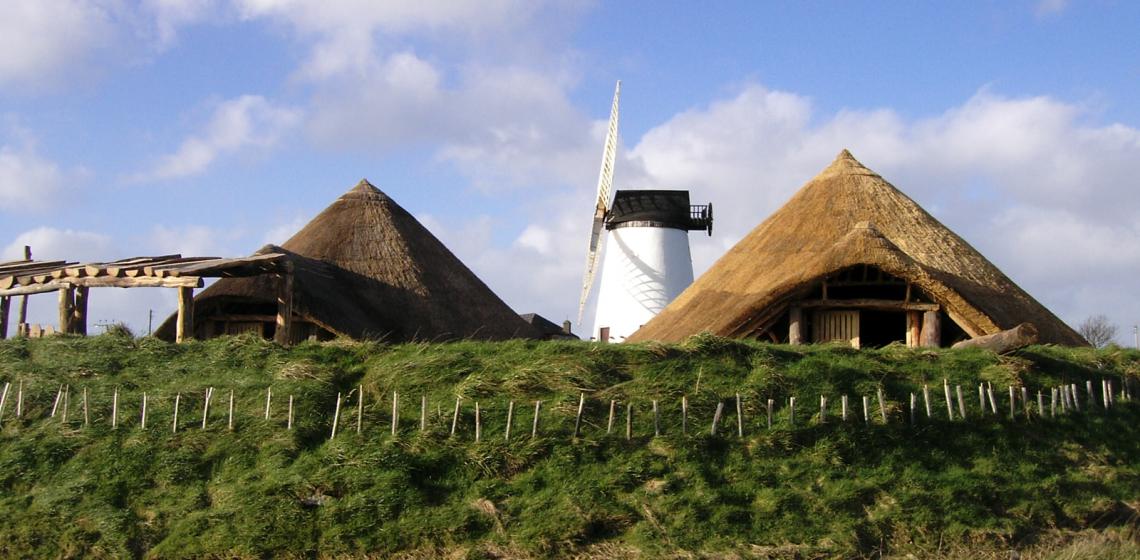M3 Archeopark - Polgár (HU)
The M3 Archeopark is a combination of a folk museum, a 5 hectare large leisure-time park and archaeological open-air museum. It opened 2007 next to the motorway M3, 40 kilometres from Debrecen, direction Polgár and parts of the presentation are about the finds which came to light during constructing the motorway.
The presentations are mainly about the folk culture of the surrounding region and much is about the recent past, shown in pavilions and recreated historical buildings.
The M3 Archeopark is a combination of a folk museum, a 5 hectare large leisure-time park and archaeological open-air museum. It opened 2007 next to the motorway M3, 40 kilometres from Debrecen, direction Polgár and parts of the presentation are about the finds which came to light during constructing the motorway...









